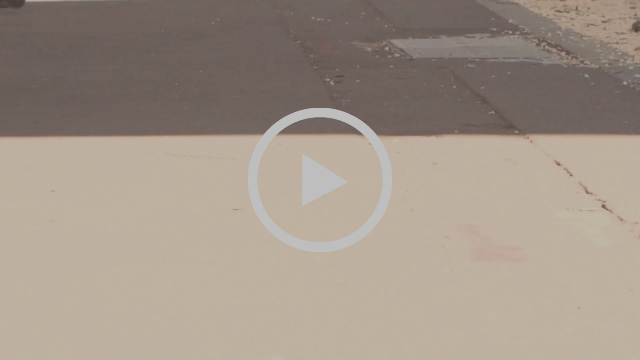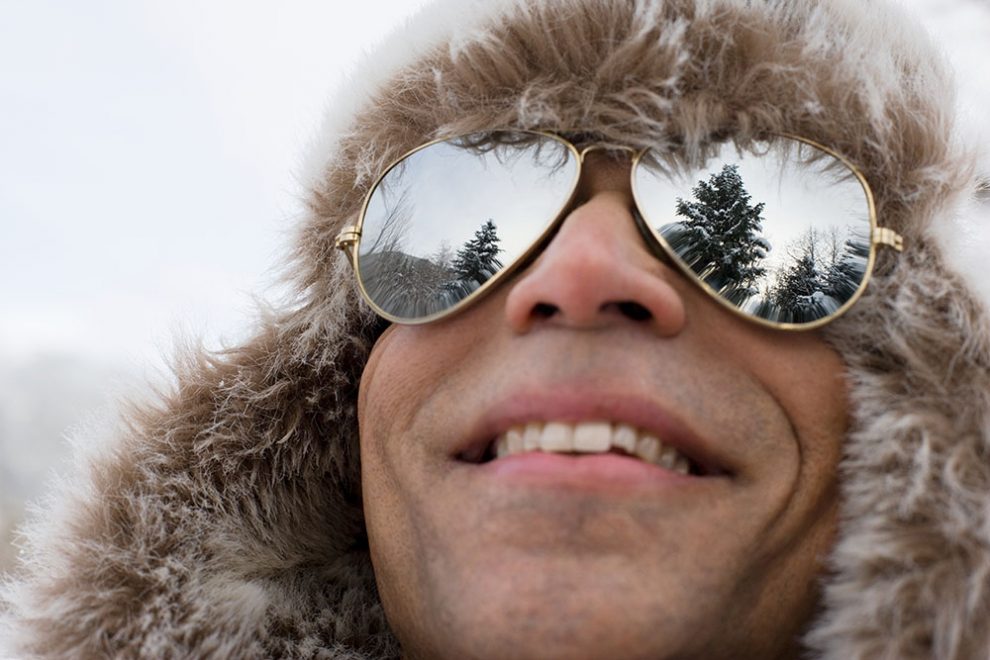Protecting your eyes and wearing sunglasses in autumn and winter is just as important as wearing them during the sunny summer months advises Optometry Australia.
Optometrists nationwide rejoiced when Sid the Seagull updated his iconic Cancer Council message to slip slop slap, seek, SLIDE.
READ MORE SIGHT ARTICLES: Threat of vision loss a motivator to quit smoking
However, the image of a seagull with sunglasses only went part way to educating consumers about the importance of wearing sunglasses every day.
A new video, released in time for autumn and winter, has been produced by Optometry Australia with the aim of reminding Australians of the importance of protecting their eyes all year round.
Optometry Australia’s resident optometrist, Luke Arundel, explained, “The sun is lower on the horizon in autumn, winter and spring so we get more damaging UV directly entering the eye.
“Importantly, 90% of UV radiation can penetrate clouds (so it’s not just on super bright days that we can be getting UV damage),” Mr Arundel said.
Danger times for UV may surprise you
Thanks to Sid the Seagull and other sunsmart messaging, we are all familiar with trying to avoid the sun in the middle of the day. However, Mr Arundel explained maximum UV exposure for the eyes occurs on the shoulder periods when the sun is lower on the horizon and our brow is not blocking it from directly entering the eye.
“From around 8 to 10am and 2 to 4pm are actually the most important times to be wearing our sunglasses,” he said.
Reflected light
Optometry Australia recommends all day, year round UV protection to protect from the following conditions:
Cataract
It is estimated that around 20% of cataracts are caused or made worse by UV exposure. Cataract is where the normally clear lens inside the eye becomes cloudy, causing blurred vision or blindness if not removed. Surgical extraction of cataracts costs Australia $320million each year.
Pterygium
Light which enters the side of the eye closest to the ears can be internally reflected (like fibre optic cabling) and come to a focal point on the side of the eye closest to the nose. This can cause ptergyium, which is a wing of fleshy tissue which grows over the front surface of the eye.
These can become very irritated and as they grow over the central area of the eye they can start to affect our vision. These are also referred to as surfer’s eye as they are very common in this group and in occupations where people spend a lot of time outside.
To solve this problem Optometry Australia recommends close fitting or wraparound styles, or for those bound to fashion first there are numerous sunglass frames which have a thicker arm which achieves great side protection.
Macular Degeneration
Short wavelength radiation and blue light in bright sunshine can cause damage to the sensor layer at the back of the eye (the retina), along with the part of this layer responsible for central vision (the macular).
Cancer
Follow these tips from Optometry Australia to protect your eyes from the sun all year long:
- Make a habit of wearing UV protective sunglasses and broad-brimmed hats whenever you’re outside.
- Don’t be fooled by clouds or the fact that you’re in the shade: a significant amount of damage to the eye can come from indirect light, whether it is from the side or reflected off surfaces such as the ground, sand or water.
- Sunglasses are also available with tinted and polarised prescription lenses for those requiring glasses for clear vision.
- Remember the kids and older family members.
- When purchasing sunglasses, remember to check the sun protection factor on the swing tag, look for high category (Australian Standard) lenses and remember that a high retail price doesn’t always mean better protection.
- Polarised lenses can be particularly helpful for reflected glare such as when at the beach or snow.
- A close fitting, wraparound pair or classic style with thick arms can help prevent glare and damaging rays from coming in the sides of sunglasses.
- If in doubt, your optometrist can assist with fitting and advise you on the best lenses for your protection.
- Find an optometrist in your area.





















Add Comment